|
Lakota Heritage Institute Summer studio 2017 Location: Allen Dam, South Dakota Project type: Museum & Educational Institute Project statement: Most heritage centers only display the past and showcase the culture, but rarely address the contemporary issues of the community. This heritage center will have a more active role in helping the reservation and Lakota Sioux population. The heritage center is composed of two major programs: a museum wing and a pre-collegiate educational institute. The project is designed under the guidance of the Lakotan architecture design principles. The form of the museum is a juxtaposition of rectangular boxes and spheres. The spheres are expanding outward and exploding out of the restriction of the frames. It is a metaphor for the power and tenacity of the Sioux nation and it also symbolizes the constant struggle they’ve been encountering. The institute will house younger generation and help them combat alcohol & drug addiction, sexual abuse, and suicide, and give them educational opportunity and health care. In addition, they will be able to receive career trainings and have the opportunity to work at the museum in order to gain income and experience. Part of the heritage center’s missions is to help the reservation to move forward by considering the future of the tribe. With both the museum and the educational institute, the architecture aims to reconstruct the community and re-channel the power of the nation by giving younger generation in the reservation a sense of purpose. 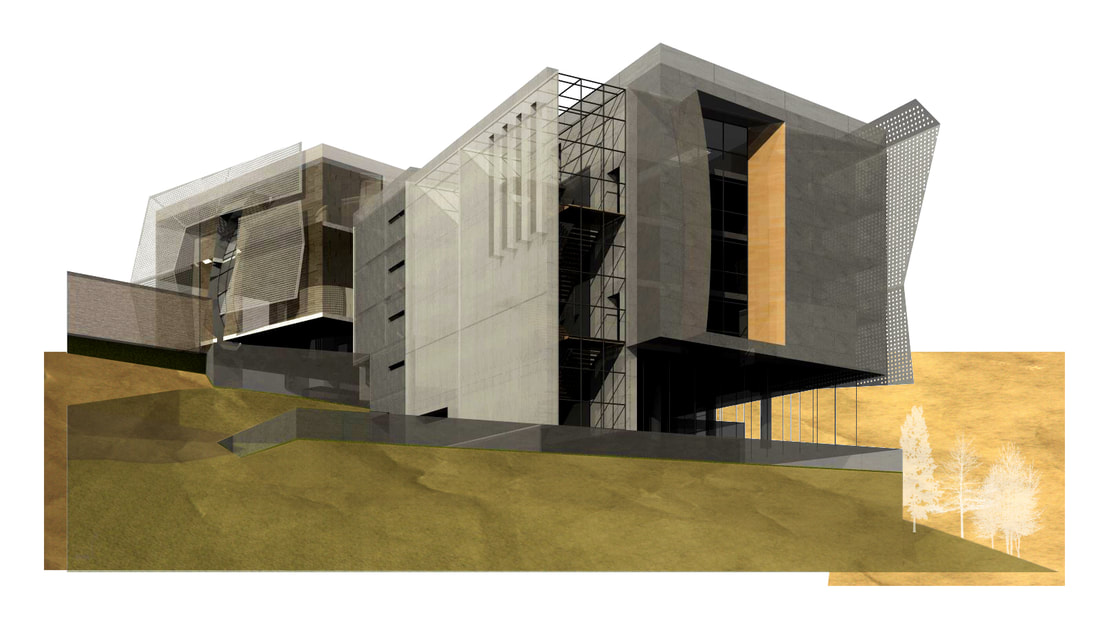 Educational Institute perspective_ The institute is orienting towards Wind Cave, where the Lakota first emerged from the subterranean world to the surface of the world. The purpose of this is to constantly remind and inspire the residents about their culture. For the residential units, two floors are for the students and one floor is for in-house faculties and potential visiting scholars and guests. The educational institute can house up to 24 students and the lecture hall can hold up to 60 people. Studio Reflection:
As an international student from Taiwan, I was not familiar with the Native American culture, and this studio serves as a very good starting point for me. The studio spent a lot of time studying the context before moving into schematic design. We even took a road trip to South Dakota to gain a better perspective. Professor Carl taught us his design methodology based on patterns and layers. On top of that we overlapped it with the Lakotan design methodology developed by Dr. Craig Howe. The result is a contemporary solution for the Lakota tribal architecture. The course is a great addition to my architectural education. The project targets specific users and it is located on a challenging site. In a sense, learning tribal architecture helps me design contemporary architecture better in general since Lakotan architecture also emphasizes on the spatial experience, time, visibility, circulation, and the context.
2 Comments
victor
7/15/2017 06:00:34 pm
great post Nico!
Reply
Nico
7/16/2017 11:05:55 am
Mucha gracias Victor!!!
Reply
Leave a Reply. |
AboutThis blog was launched in August, 2015 during my 8th year of studying abroad in Barcelona, Spain. I decided to start this blog and record some of my thoughts and moments. This blog is also dedicate to Richard Fu, a good friend of mine who is now guarding me from above. He inspired me to get out of the comfort zone and be curious about the world. Amig@'s blogs
Check out my brother Will's blog (in Mandarin) to see what he's up to these days (Design, fashion, food, technology, music, film...etc) Check out Kris' website for some high quality photos around the world Archives
September 2023
|
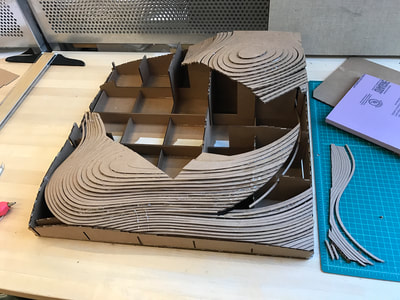
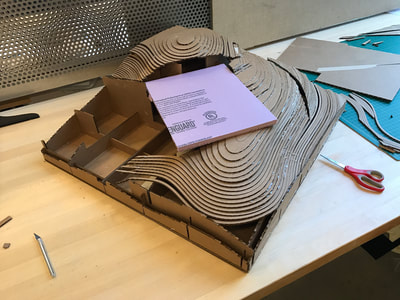
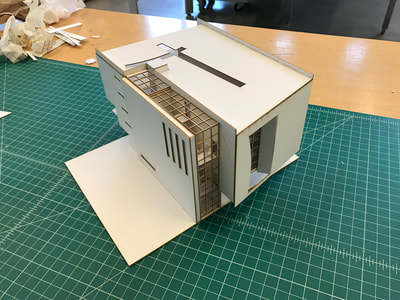
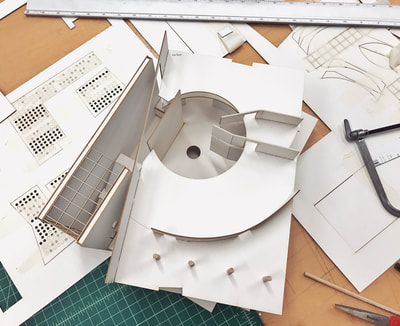
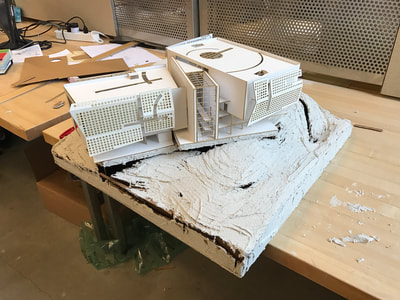
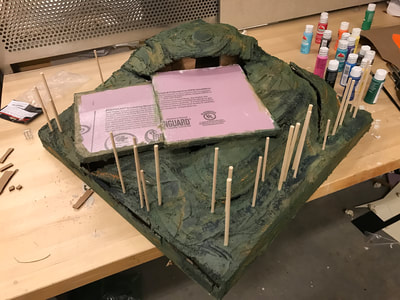
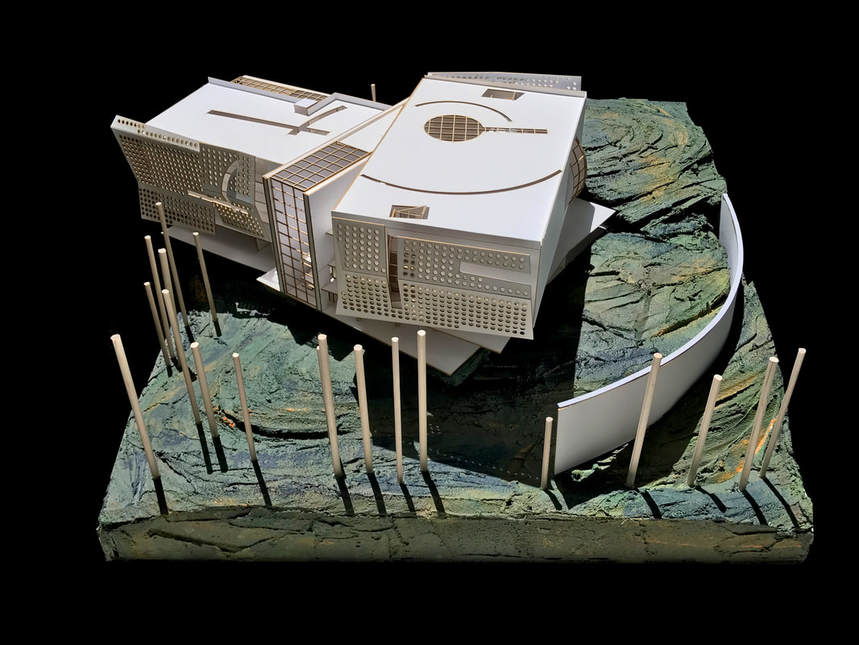


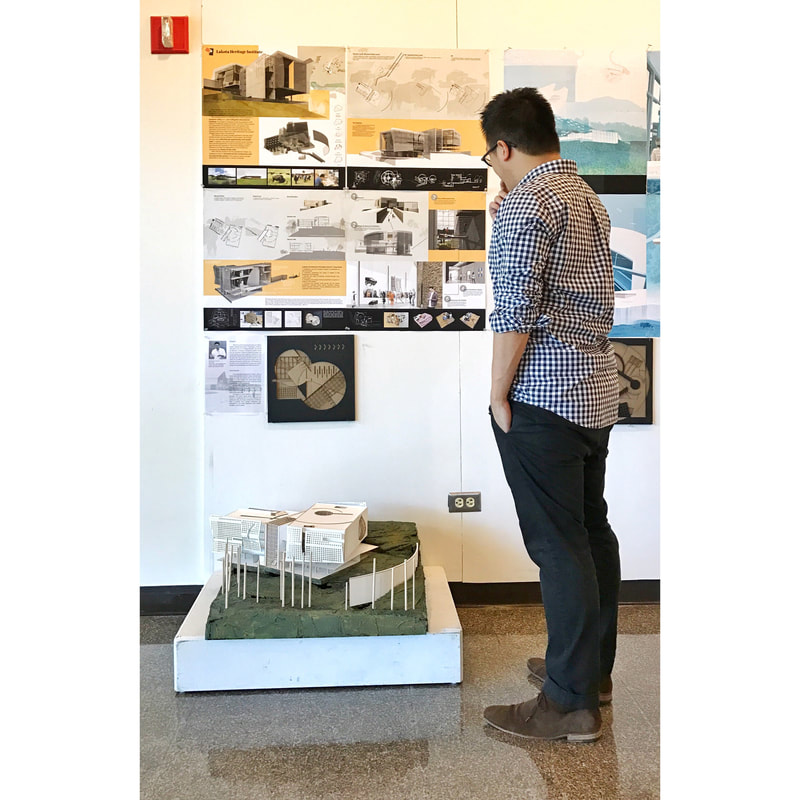
 RSS Feed
RSS Feed